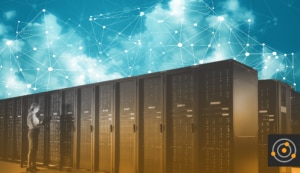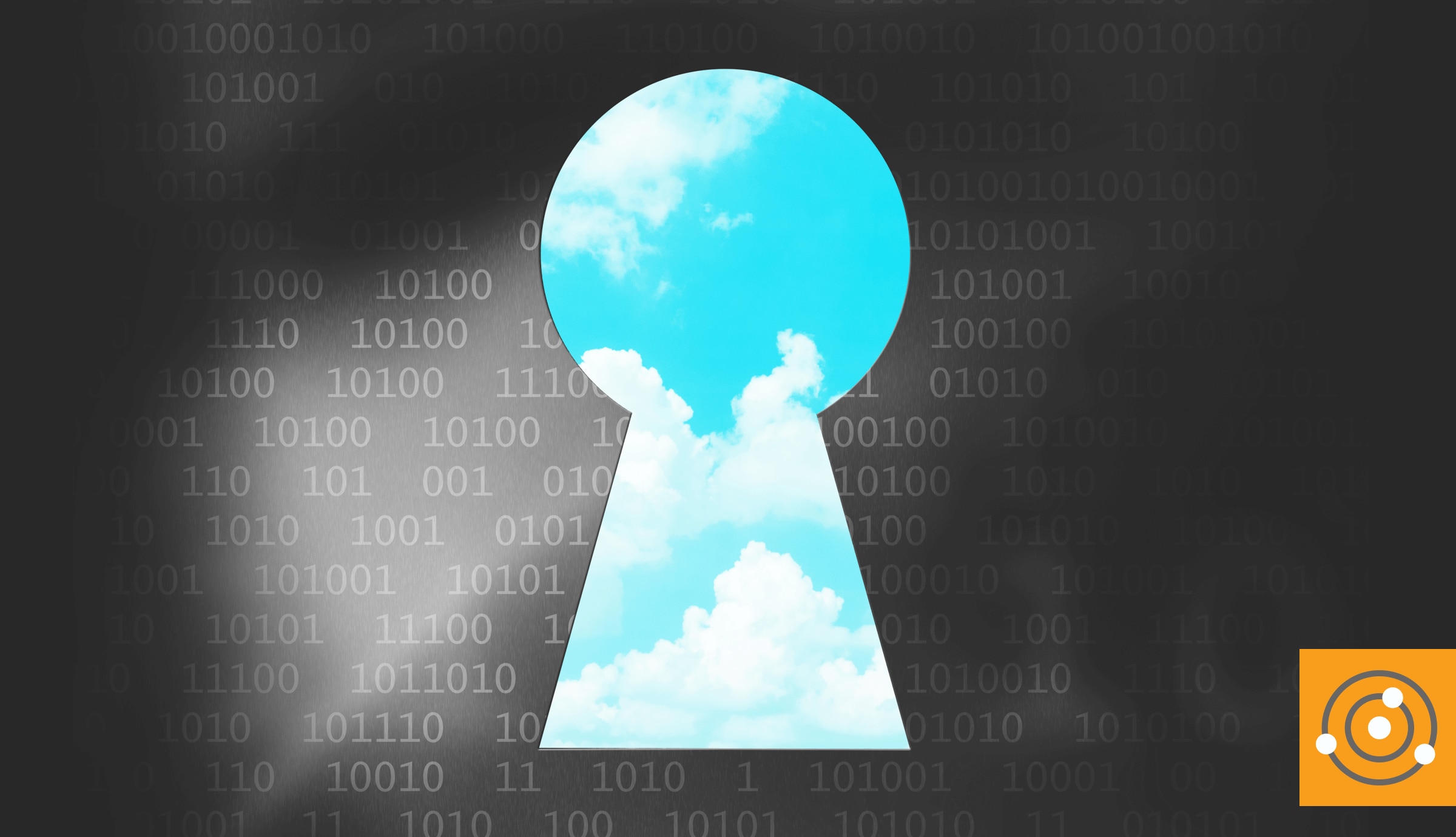- Within an IaaS environment, there’s far more to manage. The agency doesn’t “own” the infrastructure yet is still responsible for its monitoring and management. Troubleshooting application issues is your responsibility, not the cloud provider’s.
- With SaaS applications, the agency generally won’t have broad visibility into the infrastructure, and SaaS providers don’t usually provide dashboards to monitor their own applications. You’re also limited to what you can monitor based on the data the SaaS provider chooses to expose through its APIs.
- Within a PaaS environment, the development team manages the applications regardless of which organization (cloud provider or agency) is managing the infrastructure components.
Suggested Cloud Monitoring Strategies for IaaS, PaaS, and SaaS
July 7, 2020
Applications

From the Cloud First policy established in 2010 to last year’s Cloud Smart update, it’s clear the government is driving federal agencies toward cloud computing. The strategy makes sense, but for agencies migrating, however, the decision is less clear cut, because there are several options agencies can choose based on individual agency needs.
Federal IT managers have three service models to choose from: Infrastructure as a Service (IaaS), Platform as a Service (PaaS), and Software as a Service (SaaS). The differences are based on how much of the computing infrastructure the agency chooses to keep on-premises, and who manages the infrastructure and the applications running therein.
In an IaaS environment, the provider delivers an entire virtual cloud computing infrastructure, from servers and operating systems to storage and networking. The agency does a vast majority of the infrastructure management, so it has far more control over the environment; the federal IT team will monitor servers and storage, for example, through a vendor-provided dashboard.
The next option is PaaS. Here, the cloud vendor provides a web-based framework for federal IT developers to build their own customized applications. The components of the environment (servers, storage, etc.) are managed by either party—the agency or the vendor—but the development team manages the applications.
For the third option, SaaS, the cloud vendor provides software only—specifically, access to software on a subscription basis—rather than providing hardware or additional infrastructure components. There are a range of application types agencies can subscribe to, from email to collaboration tools to customer relationship management.
So how do you monitor these new environments?
All three options require an application-centric approach to monitoring. Even so, monitoring will differ based on the environment.






